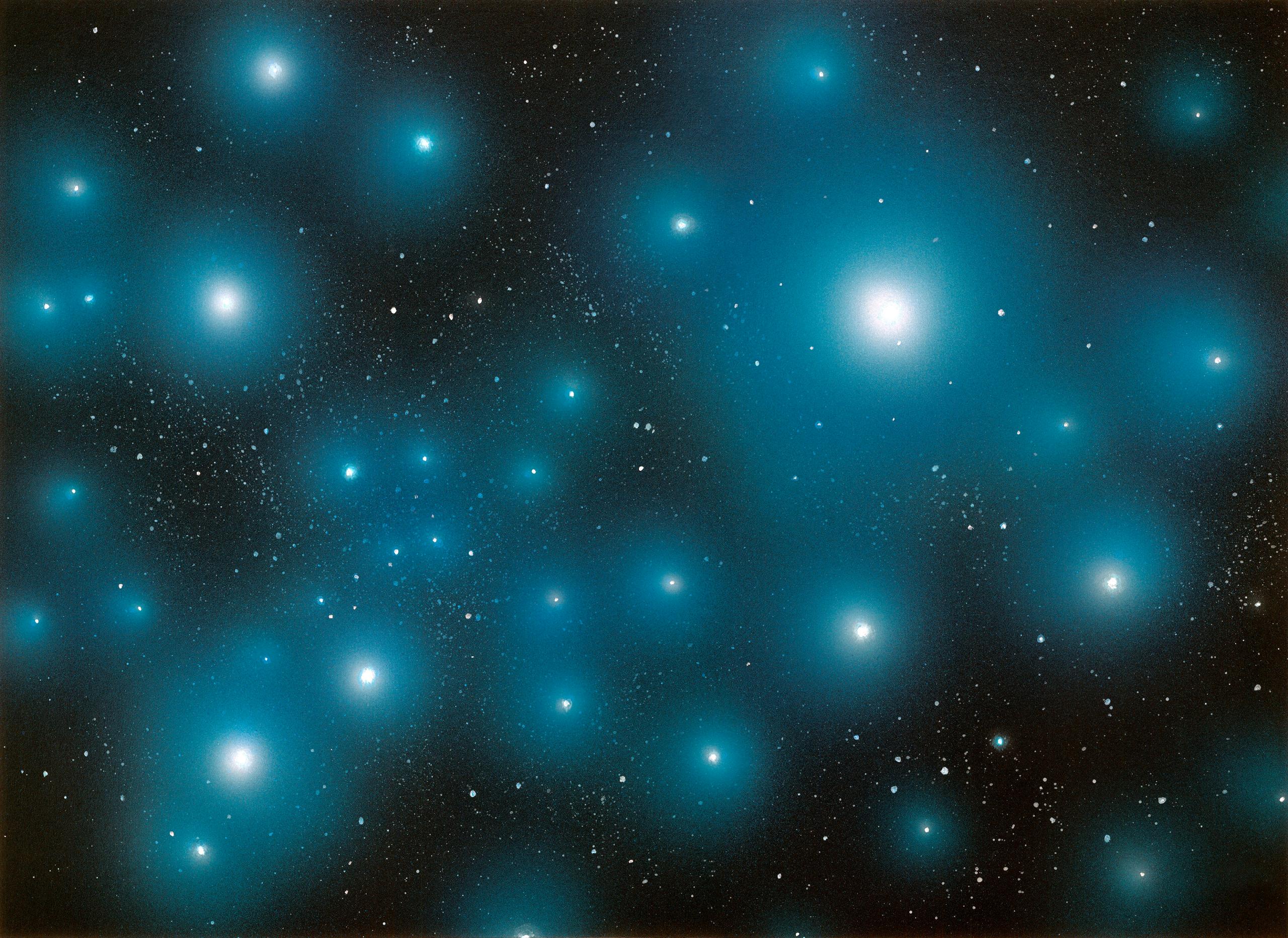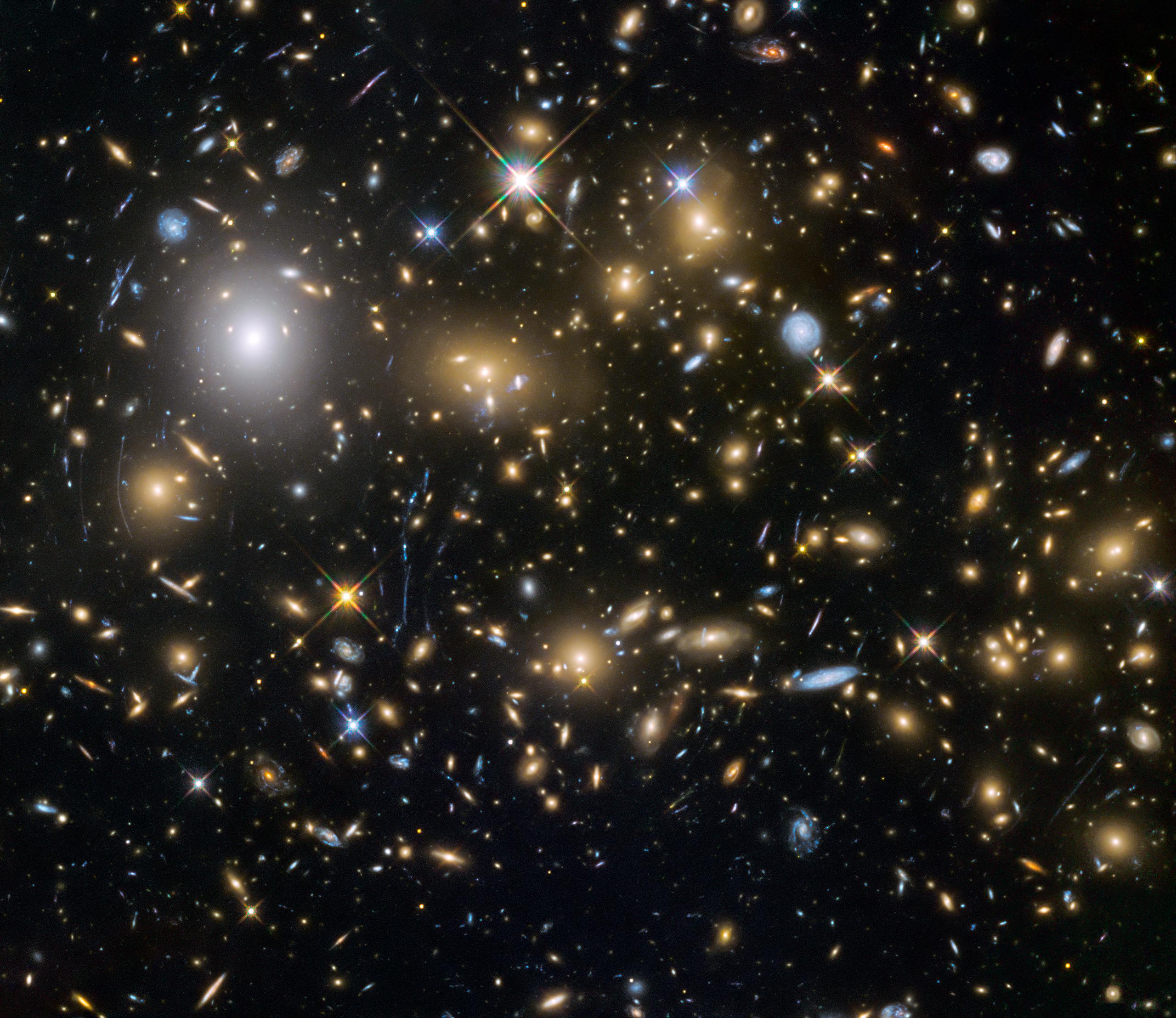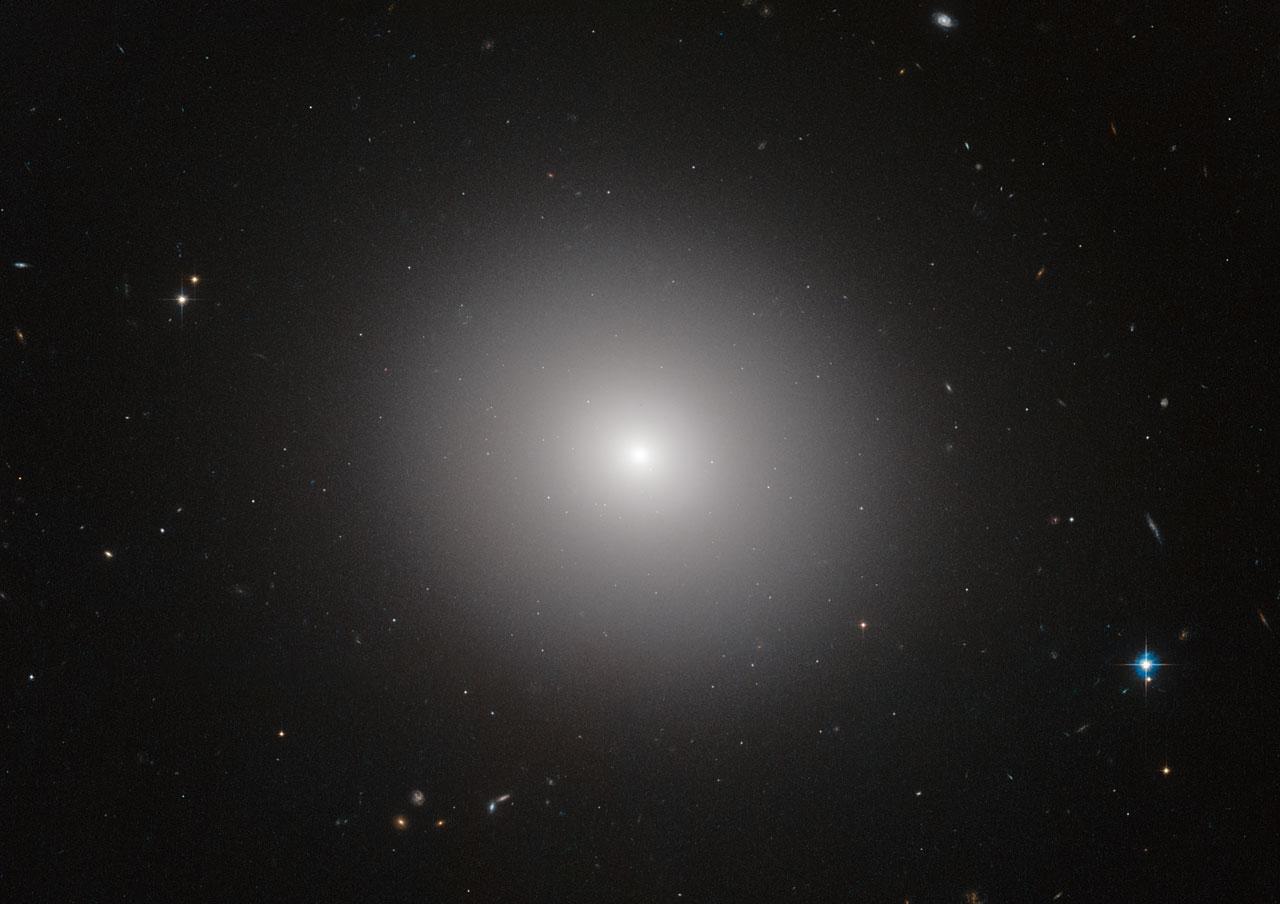Research sheds light on post-Big Bang Universe

University of Geneva researchers have helped find a galaxy emitting a large number of ionizing photons. The discovery marks an important step towards increasing our understanding of how the early Universe was created, they say.
After the Big Bang, the Universe expanded and, by cooling down, matter began to take shape progressively. The first stars and galaxies formed several hundred thousand years later.
Around one billion years after the Big Bang, the Universe entered what is known as the Epoch of Reionization, in which the Universe was reheated and hydrogen, the most abundant element, was re-ionized.
Astronomers have been puzzled over how this important transformation, called cosmic ionization – about which little is known – was possible. The hypothesis was that galaxies were responsible for this phenomenon, said a University of Geneva statement.
Stars and star clusters were born of gas, thus forming the first galaxies. UV radiation emitting from these stars contains numerous ionising photons. But to make cosmic reionization possible, galaxies would have to “eject” these photons. Despite 20 years of extensive research, no galaxy emitting sufficient radiation had been found – until now.
The findings have been published in the most recent edition of Nature.External link
Green peas
Astronomers from Daniel Schaerer’s research groupExternal link at the university’s Department of Astronomy, and an international team, decided to observe “green pea” galaxies. These galaxies were discovered in 2007 and form a “special and rare class in the nearby Universe”. They are very compact, so could host stellar explosions or winds strong enough to “eject” the ionizing photons.

Approximately 5,000 galaxies matching the criteria were identified from the Sloan Survey External link– a database of more than one million galaxies. Five were chosen for the experiment.
Using the Hubble Space Telescope,External link capable of detecting UV radiation, the international team found that the “green pea” galaxy J0925, three-billion light years away, was ejecting ionising photons “with unprecedented intensity”.
“This fundamental discovery shows that galaxies of this type could explain cosmic reionization, thus confirming the most commonly made hypothesis,” said the statement.
Further observations with Hubble should firm up this result, it added.
Peculiar signature
Anne VerhammeExternal link, a University of Geneva researcher, also found that this “green pea” galaxy showed a very peculiar signature.
Its Lyman-alpha spectrum – one of the spectral lines of hydrogen it emits – is much narrower and stronger than in most galaxies. This confirmed her theoretical predictions, the statement said, adding that these observations now form the base for an efficient new method for searching for further galaxies responsible for cosmic reionization 13-14 billion years ago.
“These discoveries represent an important step for studies of the early Universe,” said the statement.

In compliance with the JTI standards
More: SWI swissinfo.ch certified by the Journalism Trust Initiative


You can find an overview of ongoing debates with our journalists here . Please join us!
If you want to start a conversation about a topic raised in this article or want to report factual errors, email us at english@swissinfo.ch.